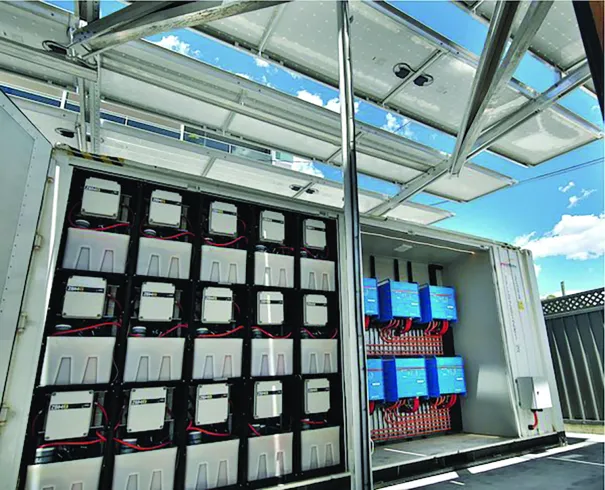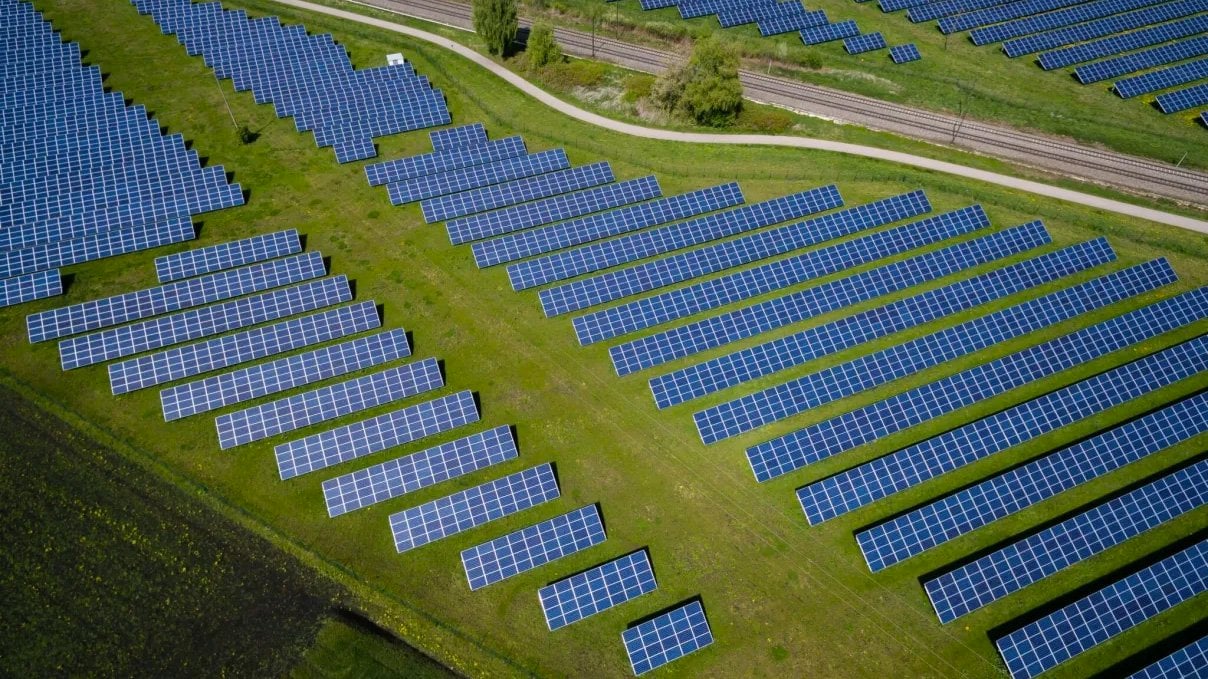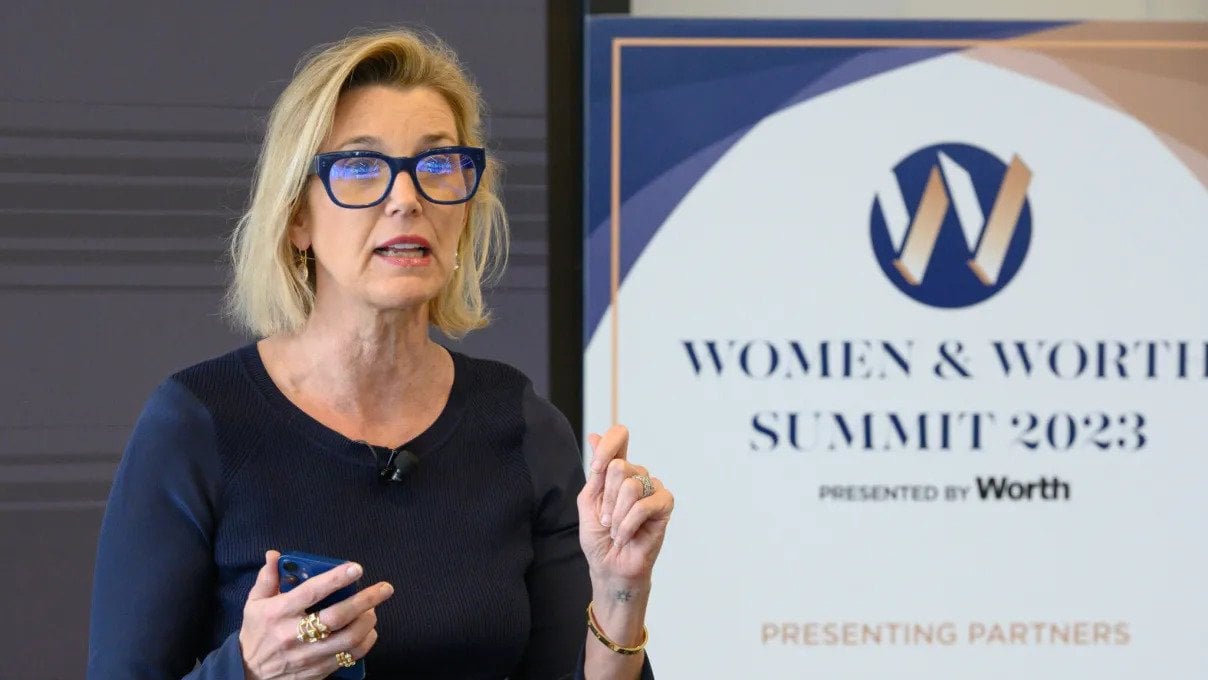 The world is changing faster than ever and sometimes it feels as though the only way to keep pace is to remain glued to our computer screens. Twitter and Facebook have become our go-to source for breaking news, more often than not beating traditional media to the story. Teleconferencing and social software have enabled a truly 24-hour workday, helping us collaborate with team members around the world without ever leaving the home office. And as our virtual lives have shrunk to fit neatly into our pockets, we remain online regardless of where we go.
The world is changing faster than ever and sometimes it feels as though the only way to keep pace is to remain glued to our computer screens. Twitter and Facebook have become our go-to source for breaking news, more often than not beating traditional media to the story. Teleconferencing and social software have enabled a truly 24-hour workday, helping us collaborate with team members around the world without ever leaving the home office. And as our virtual lives have shrunk to fit neatly into our pockets, we remain online regardless of where we go.
In Deloitte’s annual Shift Index report, we study 25 metrics across three indices: Foundation, Flow, and Impact. The Flow index is further broken down into virtual flows (wireless activity, internet activity, and inter-firm knowledge flows) and physical flows (travel volume, migration to creative cities, and movement of capital). As you probably expect, the volume of virtual flows has sharply increased since its measurement began in 1965. Less obvious, perhaps, is that these flows have not grown at the expense of physical flows; rather the two metrics seem to be highly correlated with one another.
We often get asked, what is the value of measuring physical flows, anyway? Surely virtual flows have far eclipsed the physical in terms of the value they generate every day? Though we have become increasingly comfortable interacting online, our face-to-face interactions are still most conducive to accessing valuable tacit (hands-on) knowledge. Tacit knowledge is the knowledge that is in our heads and that we have a hard time articulating to ourselves, much less anyone else. We generally access this knowledge through deep trust-based relationships that emerge through shared practice, working side by side with each other in addressing challenges.
As our physical spaces become smarter, virtual flows are increasingly able to amplify—rather than supplant—the knowledge we generate and share in our daily interactions. Below, we discuss three reasons why physical flows continue to grow in importance, even as virtual flows proliferate even more broadly.
The Value of Travel is Increasing
As telepresence grows more sophisticated, and tools such as social software and cloud computing make virtual collaboration easier, it calls into question the value of travel altogether; if we can get just as much done virtually, then why bother getting on a plane? Certainly, firms looking to tighten their belts in recent years have taken a hard look at business travel expenditures.
While our ability to have rich, remote connections has increased, face-to-face interactions are still extraordinarily valuable in fostering valuable, tacit knowledge flows. It is difficult to measure the volume of these tacit flows directly; however, we believe that Travel Volume, as measured by the Transportation Services Index (TSI), is a key metric for evaluating these flows. Since the TSI was introduced in 1990, it has shown a strong upward trend; over the past two decades, travel volume has increased 57 percent, despite notable troughs immediately following the 9/11 terrorist attacks and in 2009 during the economic downturn.
While we might have predicted an inverse relationship, travel volume is, in fact, positively correlated with the number of Internet users, wireless subscriptions, wireless minutes, SMS volume and Internet volume. As virtual communication becomes an ubiquitous tool in our personal and professional lives, it appears that travel becomes even more crucial. A 2009 Harvard Business Review study supports this: even though nearly 60 percent of respondents said that their companies had imposed limits on travel during the downturn, virtually all (95 percent) agreed that face-to-face meetings were the key to success in building long-term relationships. The rich connections we make online often create more opportunities for us to connect in person, and increase the value that can be generated from these face-to-face meetings.

Physical Spaces are Serendipity Shapers
Online search platforms have transformed the way we navigate our virtual worlds, helping us access information on-demand from wherever we are. Yet the usefulness of these platforms hinges on one key assumption: we already know the question we are looking to answer. Serendipity, on the other hand, occurs when the answer finds us without our knowing the question first. We have all experienced serendipity in one form or another: maybe a connection made at a cocktail party introduces us to an idea relevant our work, or an unexpected encounter at a conference leads to a valuable business contact.
Serendipity, though seemingly random, can be a function of the environments we inhabit. This is especially true of our physical environments, where people and things come to our attention in completely unexpected ways and often in ways that are beyond our control. We can choose to ignore the incoming message generated in cyberspace, but it is much harder to ignore the person who comes up to us unannounced while we are watching our child play in a soccer match and strikes up a conversation.
A new generation of mobile apps attempts to bridge the gap between our virtual and physical selves and helps us shape serendipity more systematically. Applications such as Highlight and Glancee are intended to reduce the friction of meeting people by alerting users when others who share mutual friends, interests, hometowns, or other characteristics are in their vicinity. The growing popularity of these ambient-sensing tools further illustrates how technologies can enhance, rather than diminish, the importance of our physical spaces.













